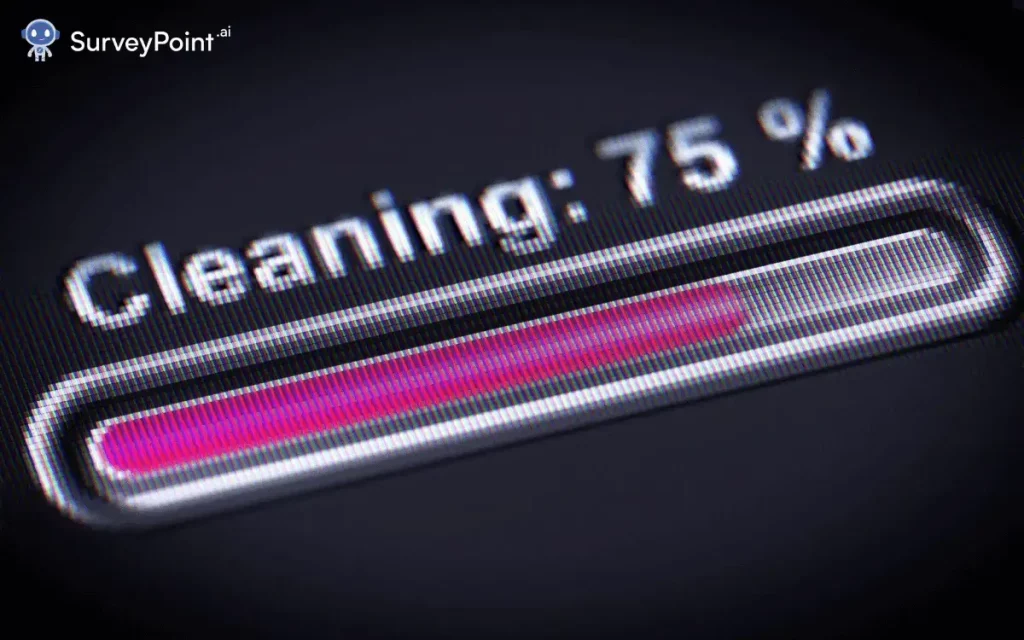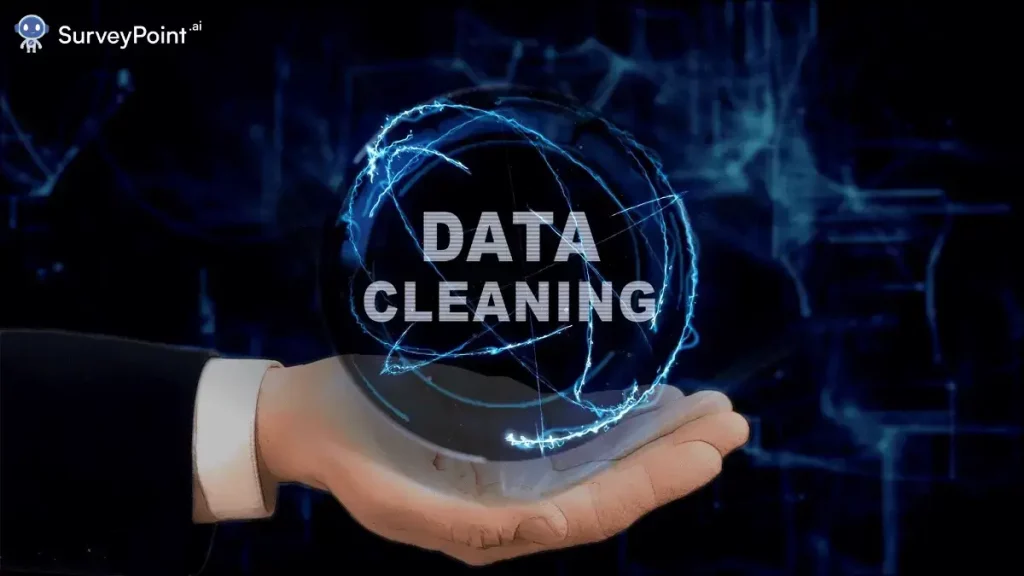
This complete guide shows you 10 powerful ways to clean your data that will give you unmatched accuracy. Learn how professionals improve the quality and dependability of your data.
Accuracy is very important in today’s data-driven world. To make smart business choices and achieve success, you need to make sure that your data is clean and free of mistakes. We will go into great detail about data cleaning in this piece. We will look at 10 strong methods that will help you get the most accurate data possible. These tips will help you clean your data quickly and effectively, no matter if you are a data scientist, a researcher, or a business owner.
Why cleaning up data is important
Let’s talk about why cleaning data is so important before we get into the tactics. When data is dirty (it has mistakes, doesn’t match up, or isn’t correct), it can cause flawed analyses, wrong predictions, and eventually bad decisions. To avoid these problems, be sure to follow these data cleaning tips carefully.
10 Effective Ways to Clean Your Data for Unbeatable Accuracy
Profile and evaluation of data
It is important to check the quality of your data before you start the cleaning process. Do a full data profiling to find problems like duplicates, missing numbers, and outliers. This first step lays the groundwork for cleaning the data effectively.
Make data formats more consistent
Formats that don’t always match up can make cleaning up data a pain. Format dates, names, and other data elements in the same way so that they are all the same in your dataset.
How to Deal with Missing Values
Studies can be skewed if you are missing data. Use the right methods, like imputation or deletion, to deal with missing values based on the situation and how they will affect your research.
Getting rid of duplicate entries

Having too many records can change what you see. Deduplication methods can help you get rid of unnecessary data and make your data more accurate.
Finding and dealing with outliers
Outliers can have a big effect on statistical studies. To keep the purity of the data, find and deal with outliers using tools like the Z-score or the IQR (Interquartile Range).
You Must Read Mastering Data Analysis Techniques: 7 Tips for Success Statistical Tests Made Simple: 5 Key Methods for Accurate Results Sample Data Analysis: 5 Key Steps to Get Amazing Insights Data Visualization Demystified: 6 Easy Steps to Visualize Your Data
Checking the data
Check the data to make sure that the entries follow the rules and limits that have already been set. This step helps keep the data correct and consistent.
Changing the data
Data may need to be changed in some cases before it can be analyzed. To improve the quality of data, use changes like normalization or logarithmic scaling.
Fixed mistakes

Find mistakes in your information and fix them. There may have been typos, errors, or mistakes in the data entry process.
Recording the data
Keep detailed records of the process you use to clean your data. The information in this paper is very helpful for future use and auditing.
Making sure the quality
Before you sign off on your clean dataset, make sure that all mistakes and inconsistencies have been fixed by doing thorough quality assurance checks.
FAQs
What does it mean to clean data, and why is it important?
It is called “data cleaning” to find and fix mistakes, flaws, and wrong information in a dataset. It is necessary because clean data is important for making smart choices and doing correct studies.
Just how often should I clean up my files?
How often you clean your data relies on what kind of data you have and how quickly it changes. Setting up a regular plan for cleaning up your data, like every three months or once a year, is usually a good idea.
Can I set up a machine to clean my data?
Yes, a lot of tools and apps for cleaning up data can be automated. Even so, human monitoring is still necessary to deal with complicated data problems.
What are some problems that often come up when cleaning up data?
Dealing with lost data, outliers, and making sure data is consistent across different sources are all common problems.
Are there best methods for cleaning data that are specific to my industry?
Yes, different fields may have different needs when it comes to cleaning up data. It’s important to make sure that the ways you clean your data are specific to your business and data sources.
How can I keep the quality of my info over time?
Set up data control practices, data validation rules, and regular monitoring and auditing of your data to keep the quality of your data high.
Conclusion
Cleaning up the data is the unsung hero of data research. If you follow these 10 strong tips, you can get the most accurate info possible, which will help you make better decisions and be more successful in business. Do not forget that clean data is the base on which all data-driven insights are made. Start using these tips right away to take the quality of your data to a whole new level.

